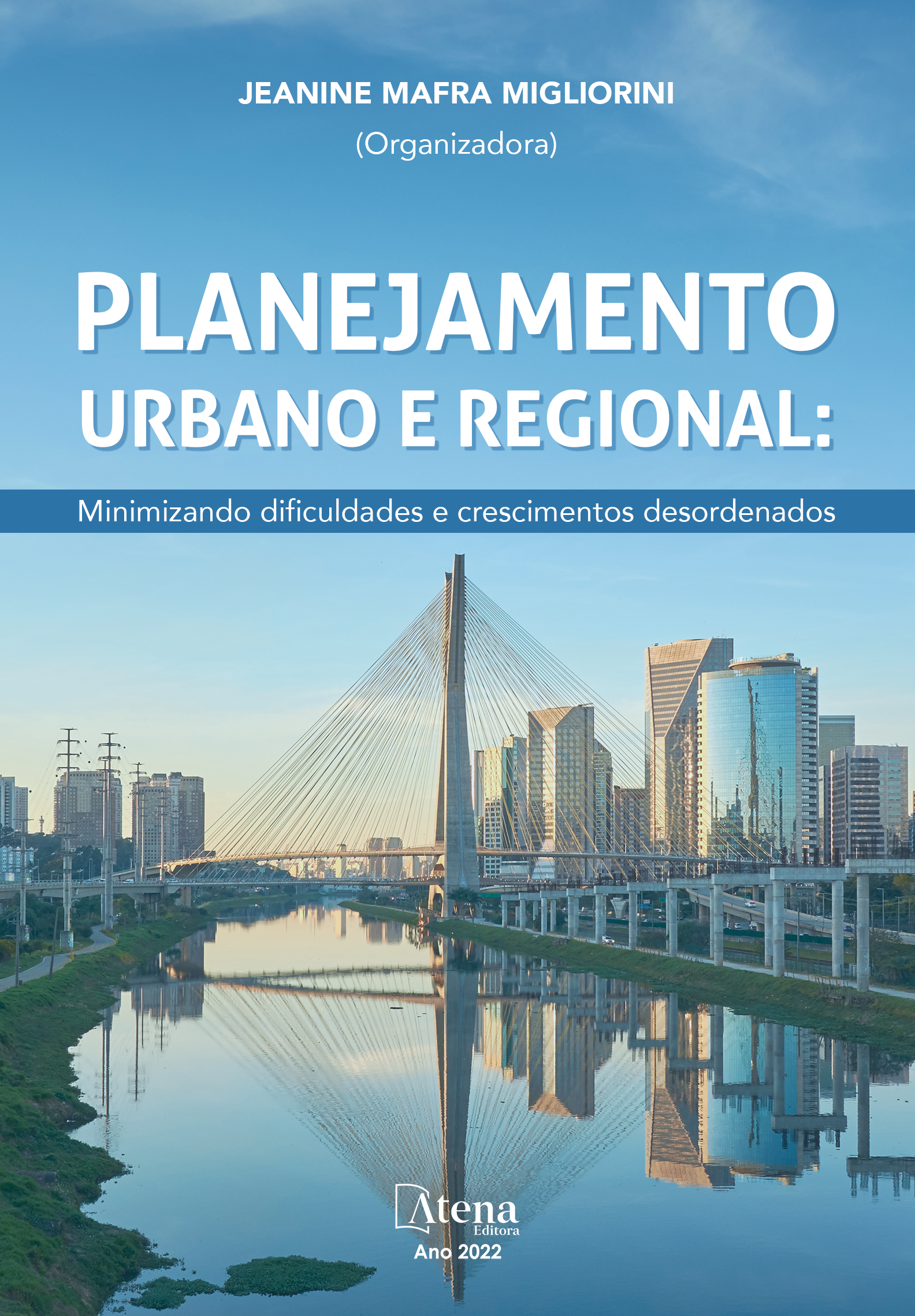
A LINHA 5 - LILÁS DO METRÔ DE SÃO PAULO: DISCURSO E PRÁTICA
Ao longo dos anos, principalmente no fim do século XIX e início do século XX, a morfologia espacial de Santo Amaro foi marcada pelos trilhos e pelo desenho viário na mobilidade e acessibilidade urbanas. Dentro deste contexto, esta pesquisa de iniciação científica realizada em conjunto com o trabalho de conclusão de curso, aborda um quadro de análise do trecho elevado da Linha 5 – Lilás do Metrô de São Paulo, com o objetivo de contribuir com a compreensão de determinados fenômenos materializados e territorializados na cidade por meio da análise contextual histórica, sob a ótica da mobilidade urbana e da estrutura de transportes, para tanto utiliza-se da revisão bibliográfica para o mapeamento dos processos de desenvolvimento da área de estudo embasando a análise dos impactos da infraestrutura de transportes no território e suas consequências socioespaciais. Como resultado desta pesquisa verifica-se que o planejamento urbano em São Paulo, seja ele em sua retórica e/ou prática, consolidou em Santo Amaro – entre os séculos XX e XXI, um verdadeiro recorte da cidade capitalista, cercado por desigualdades, cicatrizes e segregação por meio de instrumentos que favorecem a territorialização dos interesses das classes dominantes tanto na cidade analisada, como na hegemonia global das cidades do capitalismo periférico.
A LINHA 5 - LILÁS DO METRÔ DE SÃO PAULO: DISCURSO E PRÁTICA
-
DOI: 10.22533/at.ed.5342227056
-
Palavras-chave: Transportes, Infraestrutura urbana, Projetos urbanos
-
Keywords: Transports, Urban infrastructure, Urban projects
-
Abstract:
Over the years, especially at the end of the 19th century and the beginning of the 20th century, the spatial morphology of Santo Amaro was marked by the tracks and road design in urban mobility and accessibility. Within this context, this scientific initiation research carried out together with the course conclusion work, addresses an analysis of the elevated stretch of Line 5 - Lilac of the São Paulo Subway, with the objective of contributing to the understanding of certain phenomena materialized and territorialized in the city through historical contextual analysis, from the perspective of urban mobility and transport structure, to do so, use the literature review to map the development processes of the study area, supporting the analysis of infrastructure impacts of transport in the territory and its socio-spatial consequences. As a result of this research, it appears that urban planning in São Paulo, whether in its rhetoric and/or practice, consolidated in Santo Amaro - between the 20th and 21st centuries, a true cutout of the capitalist city, surrounded by inequalities, scars and segregation through instruments that favor the territorialization of the interests of the dominant classes both in the analyzed city and in the global hegemony of peripheral capitalism cities.
-
Número de páginas: 7
- Fernanda Figueiredo D'Agostini
- Caio Aguiar da Silva


